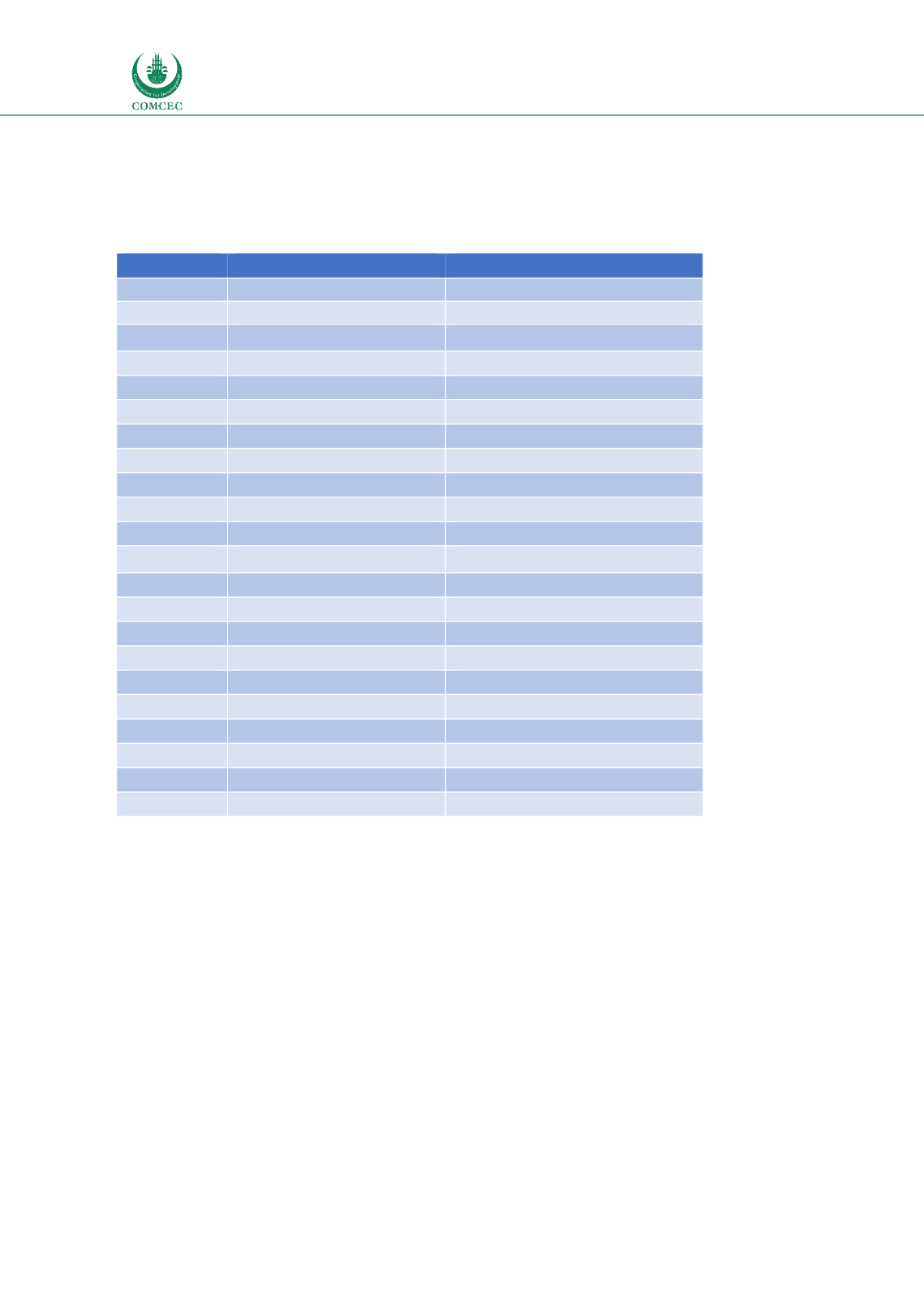

Risk & Crisis Management in Tourism Sector:
Recovery from Crisis
in the OIC Member Countries
80
visitation despite Turkey’s outstanding value-for-money as hoteliers and ground operators offer
heavy discounts in order to entice tourists back.
Table 4.2: International Visitor Arrivals and Foreign Exchange Earnings - Turkey
Year
Arrivals (‘000)
Receipts (US$ billion)
1995
7,083
4.957
1996
7,966
5.650
1997
9,040
7.002
1998
8,960
7.177
1999
6,893
5.203
2000
9,586
7.636
2001
10,783
10.067
2002
12,790
11.901
2003
13,341
13.203
2004
16,826
15,888
2005
20,273
20,760
2006
18,916
19.137
2007
26,122
21,662
2008
29,792
26.446
2009
30,187
26.331
2010
31,364
26.318
2011
34,654
30.302
2012
35,698
31.566
2013
37,795
36.192
2014
39,811
38.766
2015
39,478
35.413
2016
25,000
22.1
Sources: UNWTO Yearbook of Tourism Statistics, Compendium of Tourism Statistics and data files
4.2.2.
Crises Affecting Turkish Tourism
Specific crises that have affected Turkish tourism over the last two decades fall into a range of
categories including natural disasters, political unrest and disease outbreaks.
1999: Izmit Earthquake
– This occurred in northwestern Turkey and affected a
densely populated area, resulting in the death of over 17,000 people and rendering
around half a million people homeless.
2003-2011: Second Gulf War
- There is no clear evidence of any impact on tourism in
Turkey during this period, with steady growth in arrivals, from 13.34 million visitors in
2003 to 34.64 million in 2011 (UNWTO, 2012).
2006: Avian Flu
- This global pandemic had a significant impact on tourism to Turkey
with international visitor arrivals declining by 7% to 18.9 million from the previous high
















